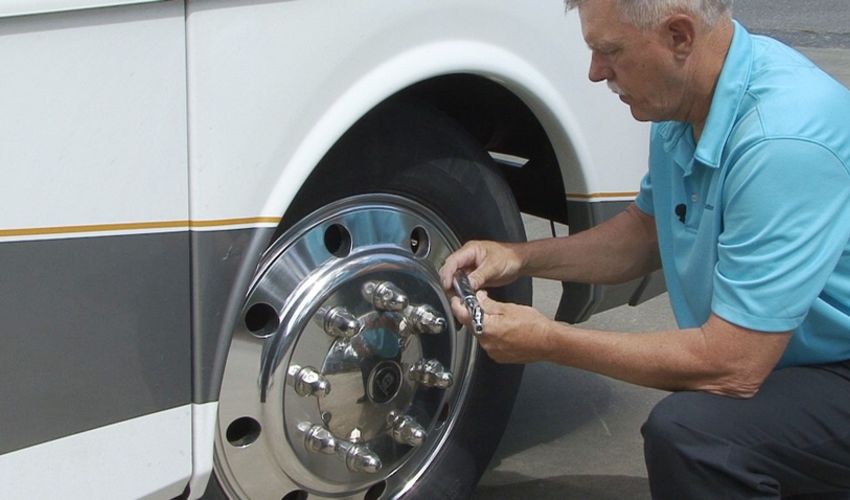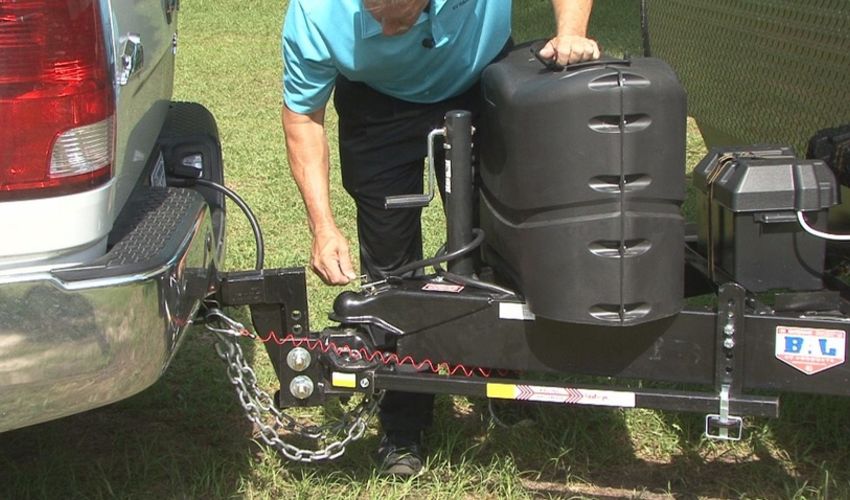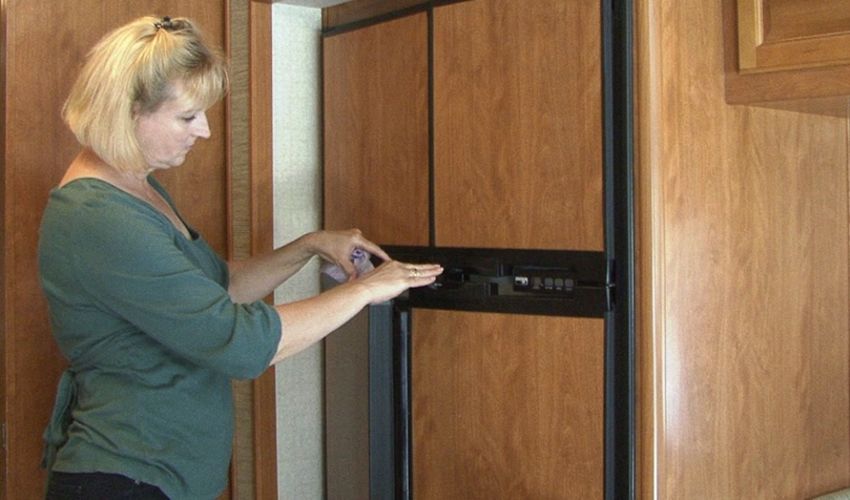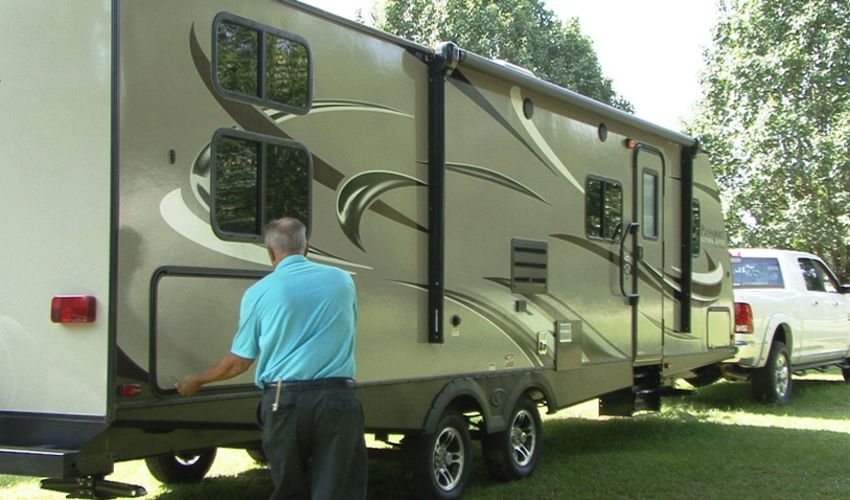I could probably list 25 items that should be on a pre-trip checklist, but today I want to concentrate on what I consider to be the top 5 essential RV pre-trip checks to make prior to driving the RV. Following a simple checklist like this can save you time, money and headaches.

Expert Advice
Top 5 Essential RV Pre-Trip Checks
Checklists are an easy way to make sure nothing is overlooked or forgotten. RV pre-trip checks are one of the most important checklists to have on-hand and follow. I cannot tell you how many times I see damaged RV steps, TV antennas, power cords and awnings simply because an owner forgot to check things prior to leaving.

- The first item on my list is tires. Two major problems with RV tires are over-inflation and under-inflation and both can result in tire failure. When your RV sits in storage the tires lose air pressure at a rate of 2 to 3 psi per month. It is extremely important you check and inflate the tires to the proper pressure before leaving on a trip. The most accurate method to determine inflation pressure is to have the RV weighed and use the tire manufacturer’s load and inflation tables for inflation pressure based on actual loads. The next best method is to check and inflate the tires according to the pressure listed on the federal certification label posted on the RV. Always check tire inflation when the tires are cold, before traveling more than one mile.

- Next on my list is to check all fluid levels. This applies to motorized RVs or the tow vehicle if you are towing a trailer. Nothing will leave you stranded on the side of the road faster than a low or empty fluid level in a component like the engine or transmission. Driving a heavy motorhome or towing a heavy trailer places added strain on a vehicle’s drive-train components. The fluids in the engine and transmission are designed to help lubricate and keep these components cool. If a fluid level is low or empty, you might not make it to your destination. Look under the vehicle for signs of leaks. Check the engine oil, transmission fluid, radiator coolant reservoir, power steering fluid and brake fluid levels. Consult your owner’s manual for information on how and where to check these fluid levels. If a fluid level is low, try to determine why and correct the problem before leaving on your trip.

- Now it’s time to check the hitch-work, brakes & lights. It doesn’t matter if it’s a motorhome towing a car or a truck towing a trailer; the important thing is you check all of the hitch-work, the brakes and the lights. It’s easy to forget a step when you install hitch components. This is why I recommend using a checklist, and double checking your work prior to leaving. When everything is securely fastened and you’ve checked all the lights, perform a brake test. Pull the vehicle forward slightly and tap the brakes. You should feel the trailer brakes or dinghy brakes engage and slow the vehicle down.

- Walk through the interior of the RV. It never fails; when I walk through the RV’s interior prior to leaving I always find something that wasn’t secured or a latch that isn’t locked. Check all the cabinet doors, the refrigerator, sliding doors, and make sure things like computers and TVs are secured. Check all appliances to make sure they are turned off.

- Last and possibly most important, from an avoiding damage point-of-view, is a final walk-around. After everything on the list is completed, and you are ready to leave, walk around the RV one more time. Look on top the RV and under the RV. Physically touch the storage doors to make sure they are secure. Make sure everything is disconnected from the RV and properly stowed. Are the stabilizer jacks stowed? Is the awning in the travel position with all latches secured? Are the steps retracted? Is all the hitch-work properly connected? This final walk-around can be the difference between a trouble-free trip and an accident waiting to happen, so take your time and look closely at everything in, on and around the RV.
There you have it, my top 5 essential RV pre-trip checks to make prior to moving the RV. I mentioned earlier that your checklist could and probably should include many other items. Start with these five pre-trip checks and add to the list to suit your particular needs.
Happy Camping,
Mark J. Polk
RV Education 101







